This is a view of a deserted village in North Harris, about 5 miles east of Tarbert (the main village in Harris). The map above is a very detailed one, and it features Molingeanais, the Gaelic name. It is actually of Norse derivation, meaning the shingly beach at the heathery headland. I copied the picture from the Molinginish blog on the BBC Island Blogging project.
You can visit the village either by boat or on foot. The walk there is not too horrendous; you leave Tarbert along the Scalpay [Scalpaigh] road, until you come across the Lacasdail Lochs, after a few miles. Once past the lochs, set in a deep mountain valley, a roadsign will point to Rhenigidale along a rocky path up the hill. Just after the top of the hill, a path branches off to the right. There should be a small wooden sign at groundlevel, but it has recently been refurbished, and I have not been that way since then. Follow the track down (may be boggy) until you reach a seat overlooking the village bay. Climb over the wire fence and continue down until you reach the village. There are three buildings left with a roof. One is a byre, a second doubles as a shed and the third is a house.
Molinginish was abandoned in the 1960s. The owner of the land, local solicitor Simon Fraser, very kindly sent me this information via the VisitHebrides message board:
The village was occupied as part of the large farm of Scalpay and was like Scalpay sparsely occupied until the 19th century. The village was occupied until the early 1820's by shepherds of Campbell the tenant of the tack, or farm of Scalpay. In 1823 the whole population was cleared out of the land on the west of Harris from Bunamhuinneader round to Loch Resort. A family of Campbells, evicted in this clearance from Teilisnis on West Loch Tarbert, were given the lease of Molinginish and moved there with their stock. One or two others came and went, or married in. The population grew rapidly and the village grew to a maximum of about 40 people in the 1880's. While agriculture was the original occupation, it was very much on a subsistence basis. Through time most of the able bodied men became employed in fishing mainly for herring and fished around the mainland coasts. The women when not employed in agriculture dyed wool amnd made tweed for sale. The herring industry died with the First World War and the village seems to have gone onto a long terminal decline from then on although it did not go without a fight.
After the war the Board of Agriculture encouraged families in Harris to relocate to Portnalong in Skye where new crofts were established. A number from Molinginish went there. The school was however built in 1921 and continued until 1935 when the authorities withdrew the teacher and paid a lodging allowance for the children to go to Tarbert.
The last two occupants were brothers in one house. One died in 1963 or 1964 and the other had to leave then.
There is only one person left alive who ever lived there.
Info supplied 9 January 2006.
Molinginish is situated off Loch Seaforth, the western boundary of the district of Eishken. This is uninhabited, but until the 1820s, there were 36 townships. All were cleared to make way for sheep and latterly deer. This forced evacuation led to great congestion and hardship in other parts of Lewis, where the villagers were sent to, if they weren't forced to emigrate.
The map below shows the location of 27 former villages. Their names are printed under the map; the 6-digit number is the Ordnance Survey grid reference.
1 Bhalamos Beag - 291010
2 Bhalamos Mor - 298016
3 Caolas an Eilean -
4 Bagh Ciarach - 251021
5 Ceannamhor - 223067
6 Scaladale Beag - 220100
7 Scaladale Mor - 218120
8 Stromas
9 Brinigil - 277159
10 Bagh Reimsabhaigh - 258025
11 Smosivig - 273049
12 Glean Claidh - 253066
13 Brollum - 322031
14 Ceann Chrionaig - 311055
15 Mol Truis - 359056
16 Mol Chadha Ghearraidh - 367066
17 Ailtenish - 368088
18 Budhanais - 332100
19 Ceann Loch Shealg - 294107
20 Eilean Iubhard - 380100
21 Isginn [Eishken] - 326119
22 Steimreway - 346116
23 Cuiriseal
24 Gearraidh Riasaidh
25 Bun Chorcabhig - 263033
26 Gilmhicphaic - 217083
27 Ceann Sifiord - 295163
Note on pronounciation: an H in a Gaelic name alters the sound of the preceding consonant, as below:
BH = V or W
MH = V or W
CH = guttural G (as in the word Loch)
PH = F
DH = voiceless at the end of a word


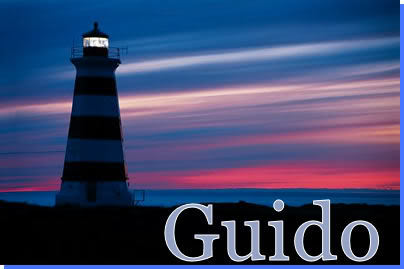



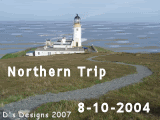

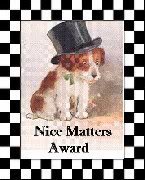

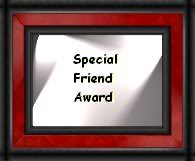

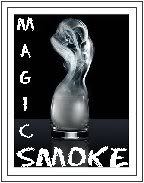
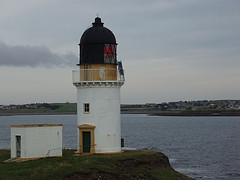
It looks beautiful!!!!!!!!!!
ReplyDeleteTY for sharing the pic & info. :)
Hugs, Sugar
Great story and wonderful pics!
ReplyDeleteLori
Great post - thank you :-) I've been to Rhenigidale but have neverheard of Molinginish. Gosh, how I wish I were there right now!
ReplyDeleteI think it is sad to see a place deserted like this. It must have been a tough life given it's location. Was access mainly by boat, or did locals travel by road?
ReplyDeleteKate.
http://journals.aol.co.uk/bobandkate/AnAnalysisofLife/
Thank you for this very interesting entry. Of course, I'm from the State of Delaware, USA and have never heard of Molinginish but you have provided some interesting historical data and I appreciate that!
ReplyDeleteIntriguing history of a beautiful area!! Something in me lept when I saw the photo......like I should be there. ;o) - Barbara
ReplyDeleteWow... I love the picture... I can't imagine there is anywhere in the US just left like that, abandoned, yet so beautiful and serene.
ReplyDeleteThanks for being at CarnivAOL... I do hope you will submit more to Paul!
be well,
Dawn